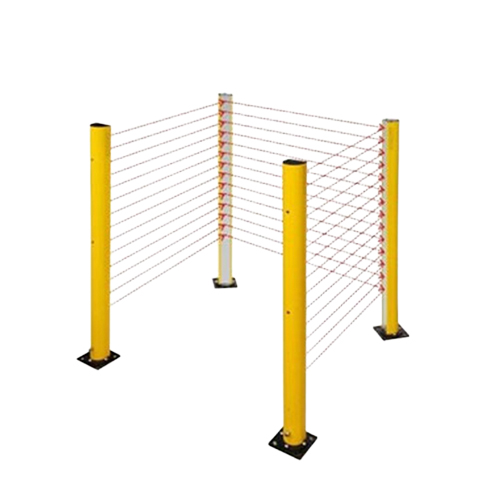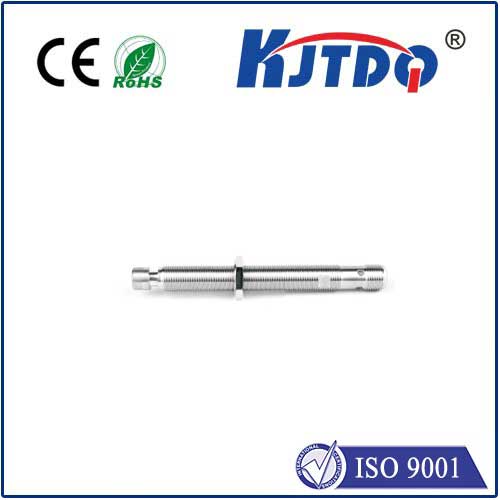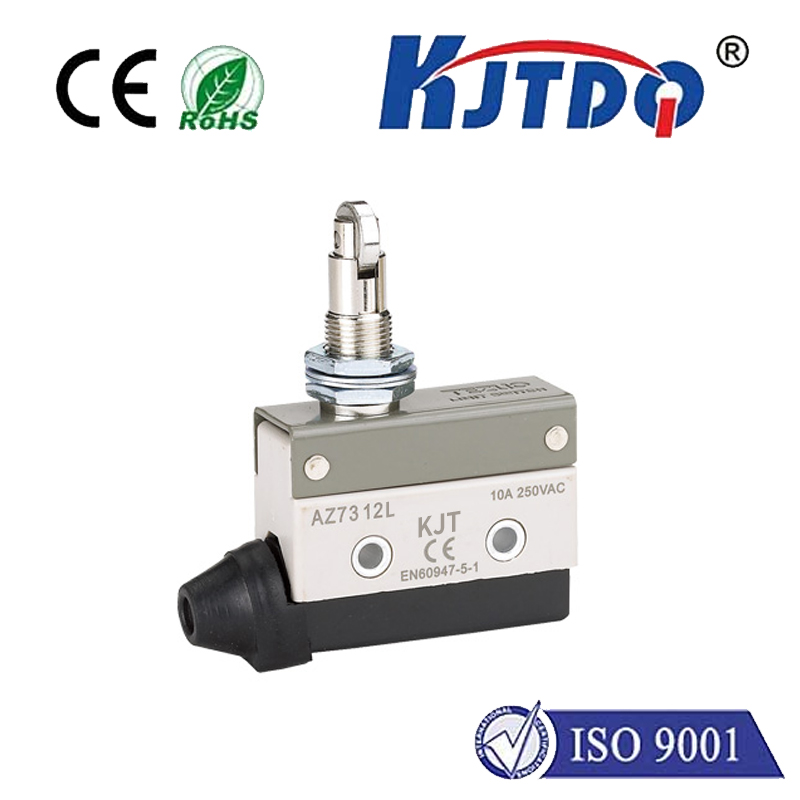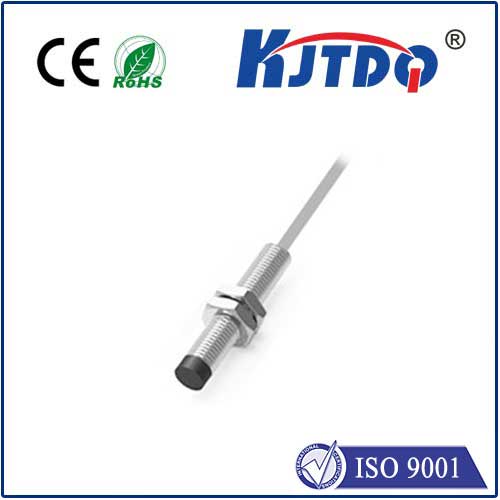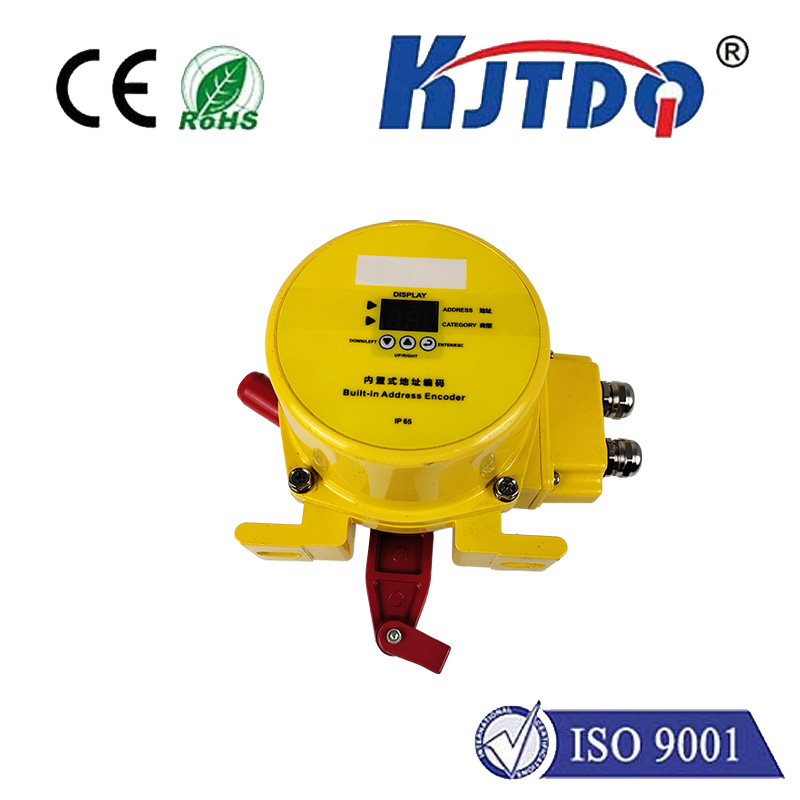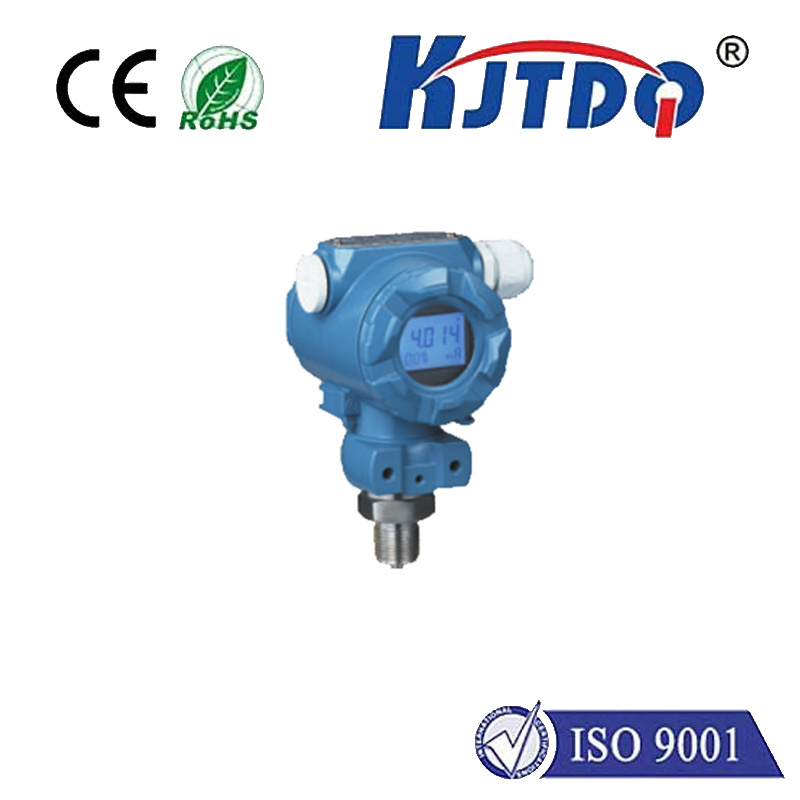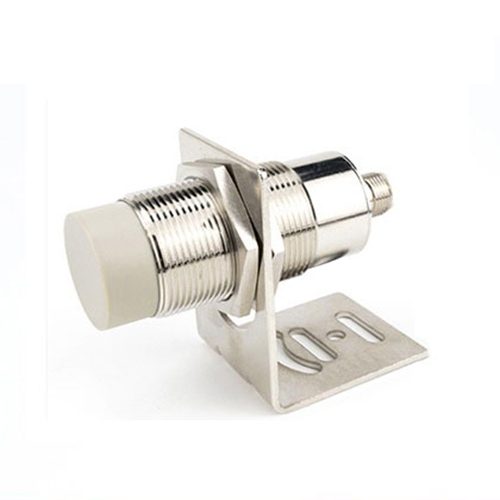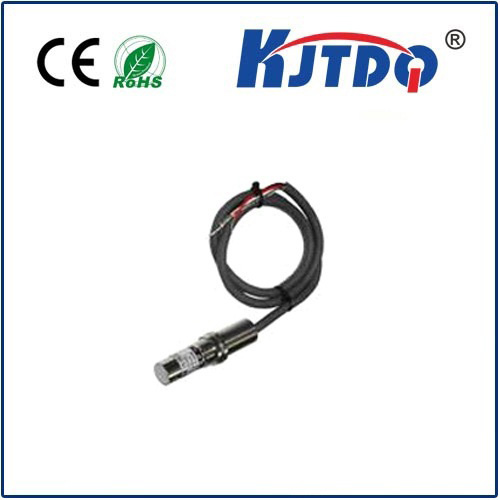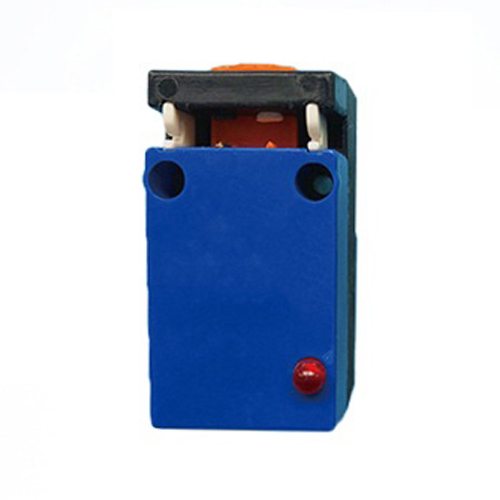

check

check

check

check
Imagine stepping into a room that instantly adjusts the lighting, temperature, and even alerts you to potential hazards—all without lifting a finger. This seamless experience isn’t a glimpse of a distant future; it’s the reality brought to life by room sensors, the unsung heroes of today’s smart environments. As our spaces become more interconnected, these tiny devices play a pivotal role in enhancing comfort, efficiency, and safety. With the rise of the Internet of Things (IoT), room sensors have evolved from niche gadgets to essential tools in homes, offices, and beyond. They quietly monitor everything from air quality to movement, empowering users to make data-driven decisions that save energy and prevent accidents. In this article, we’ll explore how room sensors work, their diverse applications, and why they’re becoming indispensable in our daily lives. By understanding their impact, you’ll see why investing in these devices is a smart step toward a more responsive and sustainable world.
First, let’s clarify what exactly room sensors entail. Essentially, these devices are compact electronic units designed to detect and measure specific environmental factors within indoor spaces. Common types include temperature sensors, which monitor heat levels to optimize heating and cooling systems; humidity sensors that track moisture to prevent mold and improve comfort; and motion detectors, which identify movement for security or automation triggers. More advanced variants, like air quality sensors, gauge pollutants such as CO2 or volatile organic compounds (VOCs), ensuring healthier indoor environments. The beauty of room sensors lies in their simplicity—many connect wirelessly to smartphones or smart hubs via Wi-Fi or Bluetooth, allowing real-time data access without complex installations. This plug-and-play nature makes them accessible to homeowners and businesses alike, fostering widespread adoption. For instance, a simple motion sensor in a family room can turn off lights when no one’s around, cutting energy waste by up to 30%. As these sensors gather data, they feed insights that drive smarter habits, like adjusting thermostats during peak hours to reduce utility bills.

The applications of room sensors extend far beyond basic comfort, revolutionizing areas like home automation and energy efficiency. In smart homes, these devices act as the backbone of interconnected systems. Temperature sensors paired with smart thermostats learn your preferences over time, automatically creating ideal climates while slashing energy consumption. Studies show that homes with such setups save an average of 10–15% on heating and cooling costs annually. Similarly, motion detectors enhance security; they can trigger alarms or send alerts to your phone if unexpected activity occurs, providing peace of mind whether you’re at work or on vacation. Office environments benefit equally, where room sensors monitor occupancy to optimize lighting and HVAC usage in unused areas. This isn’t just convenient—it’s eco-friendly. By reducing idle energy, businesses can lower their carbon footprint and operational expenses. For example, a conference room equipped with occupancy sensors dims lights automatically after meetings end, contributing to corporate sustainability goals. The versatility here is key: room sensors integrate seamlessly with other IoT devices, like smart speakers or security cameras, creating a cohesive ecosystem that adapts to human behavior without intrusive manual input.
Beyond convenience, the core advantages of room sensors center on safety, health, and long-term sustainability. Take health monitoring: Air quality sensors detect allergens or pollutants, alerting you to issues like high CO2 levels that could affect respiratory health. This is crucial in spaces like bedrooms or nurseries, where poor air can lead to sleep disturbances or allergies. In fact, research indicates that improved indoor air quality from such sensors enhances overall well-being and productivity. For safety, room sensors excel in preventing accidents. Water leak sensors, for instance, can detect spills early in basements or kitchens, sending notifications to avoid costly water damage—a common headache that costs homeowners thousands in repairs annually. Motion detectors also deter intruders, acting as a first line of defense that complements traditional alarms. The economic benefits are undeniable too. Over time, energy savings from optimized systems pay for the sensor investment, with many users recouping costs within a year. This blend of protection and efficiency makes room sensors a wise choice for any setting, from cozy apartments to bustling commercial buildings.
Choosing the right room sensors for your needs involves considering factors like compatibility, accuracy, and ease of use. Start by identifying your primary goals—whether it’s energy savings, security, or health monitoring. For beginners, kits from brands like Philips Hue or Samsung SmartThings offer user-friendly options with plug-and-play installation. Look for devices that support common protocols like Zigbee or Z-Wave, ensuring they integrate smoothly with existing smart home setups. Accuracy is vital; opt for sensors with high-precision readings, as cheaper models might provide unreliable data. Battery life is another key aspect—many modern room sensors run for years on low-power batteries, minimizing maintenance hassle. Installation is typically straightforward, often requiring simple mounting or placement in strategic spots, like near entryways for motion detectors or on walls for temperature units. Once set up, apps allow easy customization of alerts and automations, letting you tweak settings as your lifestyle evolves. For instance, you could program humidity sensors to activate dehumidifiers only when levels exceed a set threshold, preventing overuse and extending device lifespan. This hands-off approach not only saves time but also empowers continuous optimization.
Looking ahead, the future of room sensors promises even greater innovation as technology advances. Developments in artificial intelligence (AI) are set to make these devices smarter, with predictive capabilities that anticipate needs before they arise—imagine a sensor that adjusts room conditions based on your daily schedule or weather forecasts. Integration with renewable energy systems, like solar panels, could further enhance sustainability by automating power usage during peak generation times. Moreover, the rise of 5G networks will enable faster, more reliable data transmission, allowing room sensors to support complex applications in healthcare or elderly care, such as fall detection in assisted living facilities. Cost reductions are also on the horizon, making these tools accessible to more households and driving global adoption. As privacy concerns grow, expect improved encryption and user controls

